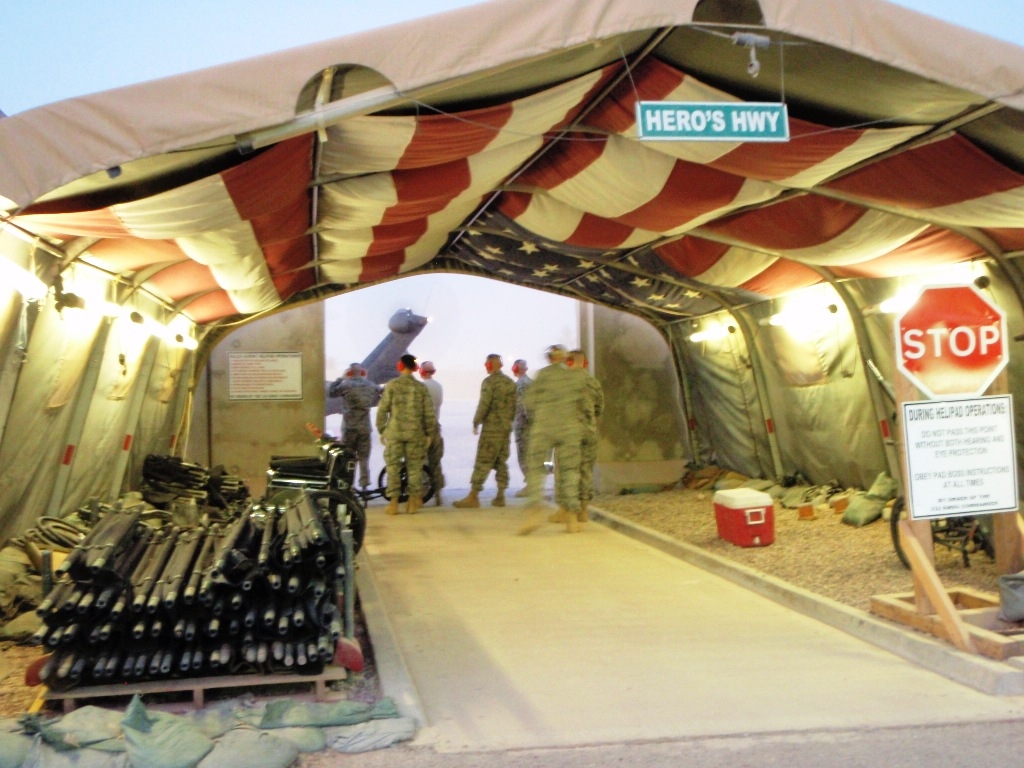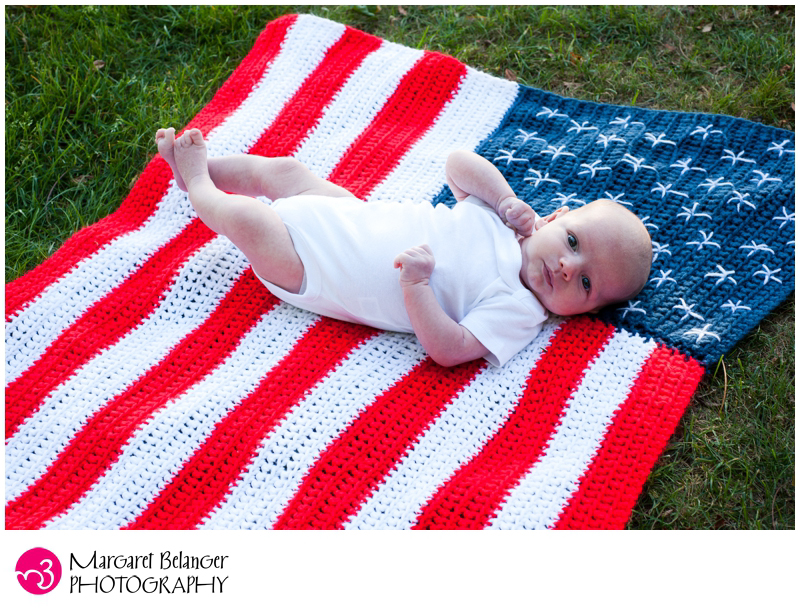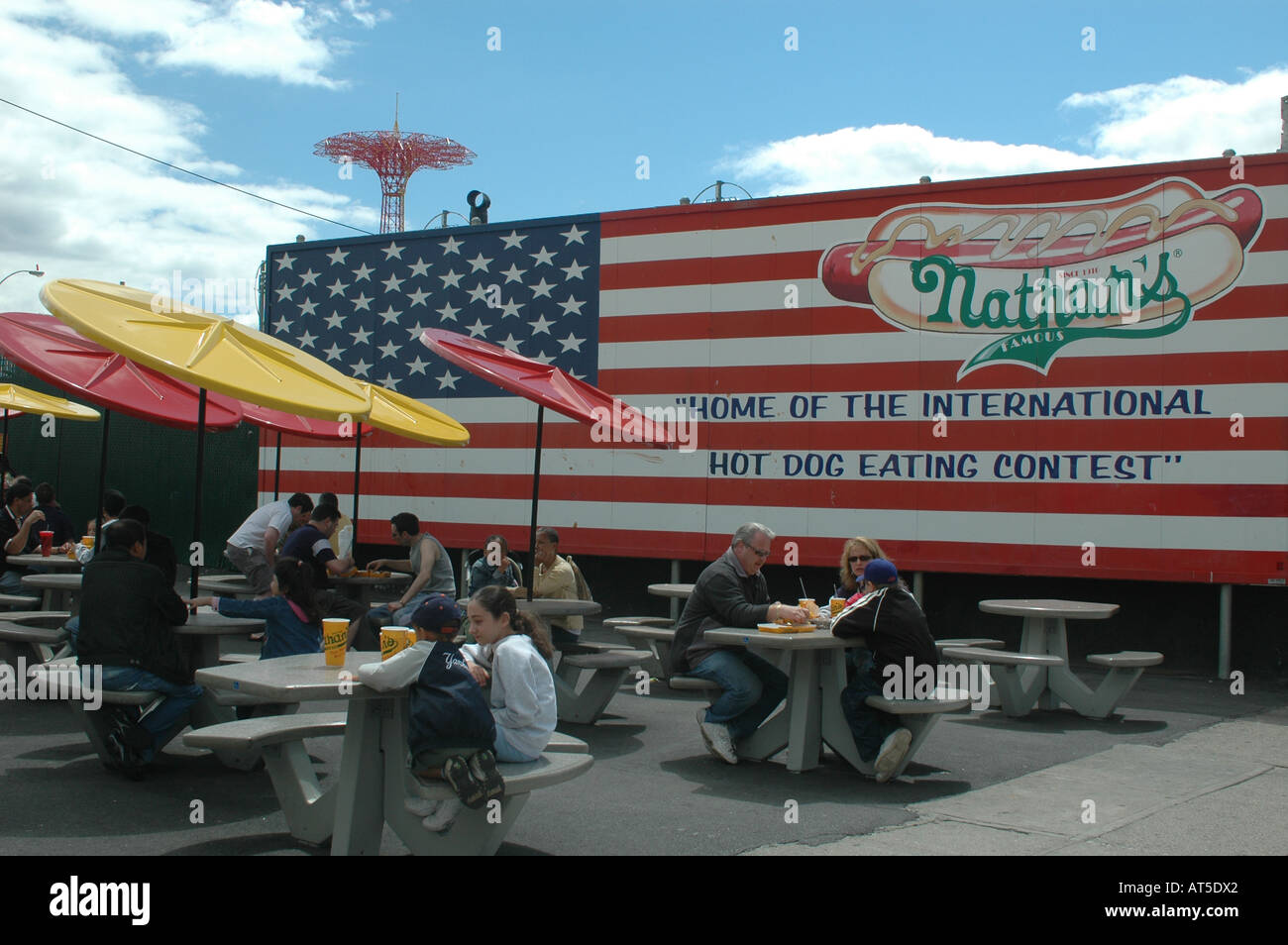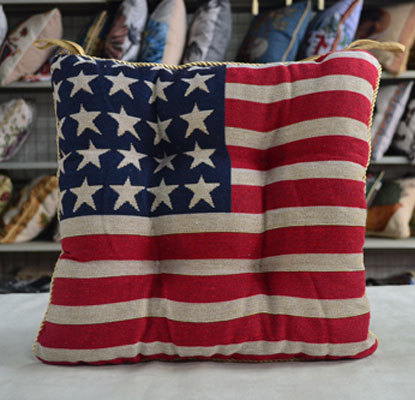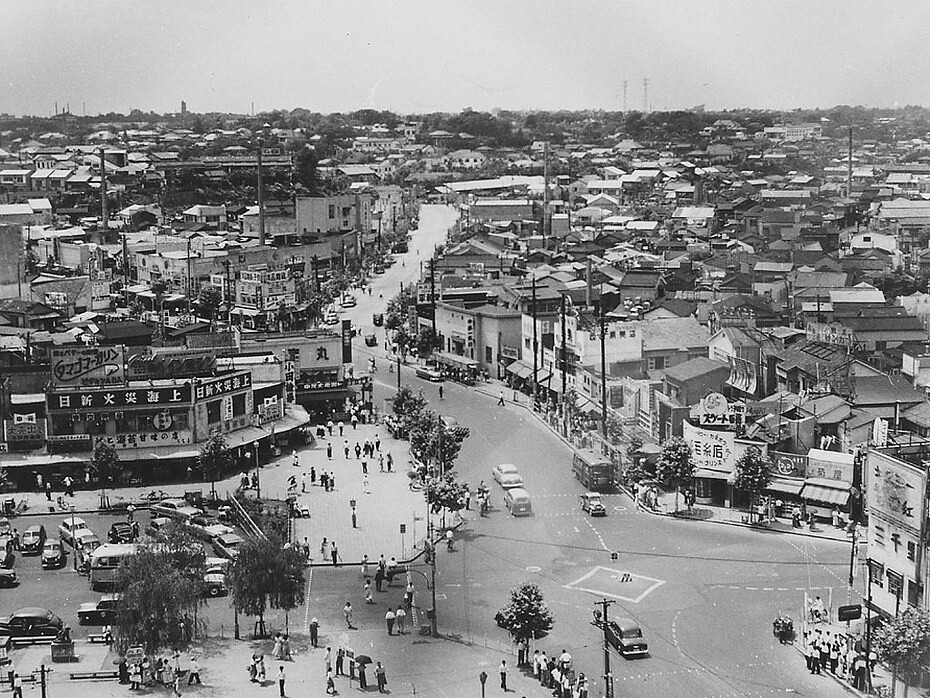So here we go around again
§176. Respect for flagIt seems that most Americans know that the flag should not be flown upside down. All images of upside down US flags are either of actual disaster or of metaphoric disaster and not really of patriotic pride. If you find an example of Americans proudly flying an upside down US flag, let me know!
No disrespect should be shown to the flag of the United States of America; the flag should not be dipped to any person or thing. Regimental colors, State flags, and organization or institutional flags are to be dipped as a mark of honor.
(a) The flag should never be displayed with the union down, except as a signal of dire distress in instances of extreme danger to life or property.
(b) The flag should never touch anything beneath it, such as the ground, the floor, water, or merchandise.There's something ironic about a right-wing presidential candidate giving a speech to a bunch of right-wing patriots in front of a flag that is touching the ground. To be fair, the group say that they eventually moved the flag, but the whole thing could have been avoided if they didn't bring the flag or ensured that the flag had a long-enough flag pole...
But most Americans know that the "flag touching the ground" proscription is a no-no, so this makes it so strange that this US Air Force veteran posed for Playboy with the US flag touching the ground. (It makes it doubly strange that she came to national prominence for attacking demonstrators on the grounds that the protesters were not respecting the flag.)
(c) The flag should never be carried flat or horizontally, but always aloft and free.This is not "aloft and free":
nor is this:
or this:
(d) The flag should never be used as wearing apparel, bedding, or drapery. It should never be festooned, drawn back, nor up, in folds, but always allowed to fall free. Bunting of blue, white, and red, always arranged with the blue above, the white in the middle, and the red below, should be used for covering a speaker's desk, draping the front of the platform, and for decoration in general.Flag as apparel:
(The flag the lady is holding is also against another part of the Flag Code: "the union of the flag should be placed at the peak of the staff unless the flag is at half-staff")
And swim-suits also count as apparel:
And if you are wrapping yourself in the flag, I suppose it means that it's like apparel:
Flag as bedding:
Flag as drapery:
(e) The flag should never be fastened, displayed, used, or stored in such a manner as to permit it to be easily torn, soiled, or damaged in any way.Arguably, this can be easily damaged (or at least easily torn away from its moorings):
(f) The flag should never be used as a covering for a ceiling.Flag ceiling on Hero's Highway:
Flag ceiling in a Country bar owned by Toby Keith:
(g) The flag should never have placed upon it, nor on any part of it, nor attached to it any mark, insignia, letter, word, figure, design, picture, or drawing of any nature.Marking the flag:
Insignia placed on the flag:
Design, picture, drawing placed on the flag:
(With words placed on top of the flag just for good measure.)
(h) The flag should never be used as a receptacle for receiving, holding, carrying, or delivering anything.Flag as a receptacle for holding/carrying (even though it's a baby):
Flag backpacks are definitely a receptacle for holding and carrying things:
Flag baskets can be used to receive, hold, carry, and deliver many yummy foodstuffs:
Flag cellphone cases are used to hold your phone:
(i) The flag should never be used for advertising purposes in any manner whatsoever. It should not be embroidered on such articles as cushions or handkerchiefs and the like, printed or otherwise impressed on paper napkins or boxes or anything that is designed for temporary use and discard. Advertising signs should not be fastened to a staff or halyard from which the flag is flown.Flag advertising:
(It doesn't matter that you are trying to become central to the celebrations of the 4th of July...)
(It doesn't matter if you're an American classic, either)
Flag cushions:
Flag handkerchiefs (and bandanas):
Flag napkins:
Flag boxes:
Flag toothpicks are definitely only designed for temporary use and discard (which is one more reason why I don't pay $1 for a US flag toothpick):
Flag stickers are also temporary use and discard (even when it's used to make a sign saying how much you respect the US flag):
Advertising fastened to a flag pole with a US flag on it:
(j) No part of the flag should ever be used as a costume or athletic uniform. However, a flag patch may be affixed to the uniform of military personnel, firemen, policemen, and members of patriotic organizations. The flag represents a living country and is itself considered a living thing. Therefore, the lapel flag pin being a replica, should be worn on the left lapel near the heart.Flag as a costume:
(k) The flag, when it is in such condition that it is no longer a fitting emblem for display, should be destroyed in a dignified way, preferably by burning.This is - strangely - one of the points of respect that many right-wing patriots seem to not like about respecting the flag. It's almost always right-wing supporters that protest flag burning ceremonies (especially those done in protest by left-wing demonstrators). But at least the right-wingers seem to be consistent, by not burning US flags even during a Democratic presidency (and left-wingers seem to burn US flags more often during a Republican presidency). ... but these tendencies may well just be my perceptions and may well be subject to confirmation bias.
In addition to these rules of respect, there are also rules for how to display the flag... that also don't get followed:
§175(c): No other flag or pennant should be placed above ... the flag of the United States of America.... No person shall display the flag of the United Nations or any other national or international flag equal, above, or in a position of superior prominence or honor to, or in place of, the flag of the United States at any place within the United States or any Territory or possession thereof...US flag shown below Confederate Battle flag.
§175(i): When displayed ... vertically ... the union should be uppermost and to the flag's own right, that is, to the observer's left.US flag shown with union to the flag's own left, that is, to the observer's right.
There are definitely more examples of how Americans proudly display the US flag in ways that contravene the US Flag Code. And this will definitely continue. But I don't think anyone thought of painting an entire house as the US flag, so I think that this is technically not against the Flag Code:










